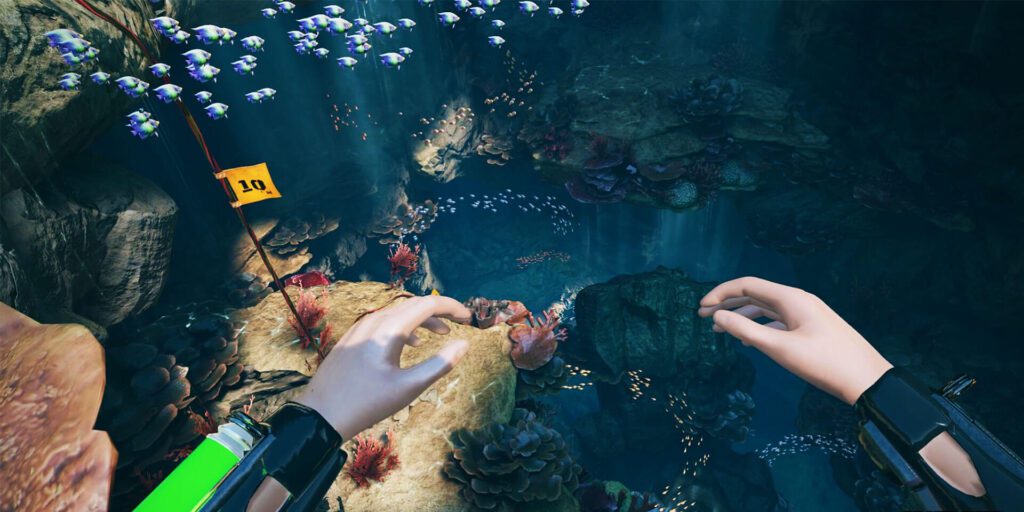Game development is a complex process that involves collaboration between different teams. The first step is to come up with an idea and create a design document that serves as the blueprint for the rest of the development process. The art team creates the game’s visuals and works closely with the design team to ensure that the aesthetic matches the vision. The programming team brings the game to life by creating the game’s code and ensuring that it runs smoothly. The sound team is responsible for creating all of the game’s sound effects, dialogue, and music. By following the design, art, programming, and sound design processes, game developers can create engaging, immersive games.
Introduction:
Games have become an integral part of our social and cultural lives. From casual games on mobile phones to complex, immersive experiences on high-end gaming consoles, people all over the world engage with games in countless ways. However, not many people know the intricate process that goes into crafting engaging gameplay experiences that keep players coming back for more. In this article, we will take an in-depth look at how games are made from start to finish.
The Design Process:
The first step in creating an engaging game is to come up with an idea for the game’s concept. This can be as simple as a basic idea for a game mechanic or as complex as a fully fleshed-out narrative with characters, locations, and objectives. Once the conceptual groundwork has been laid, the design team can begin to brainstorm and create a design document that outlines the game’s mechanics, objectives, and overall vision.
The design document is usually a comprehensive guide that details all aspects of the game such as its setting, characters, game mechanics, and storyline. It is usually the first piece of documentation created by the design team, and it serves as the blueprint for the rest of the development process. This document will be used by various team members, from artists to programmers, to ensure that everyone is on the same page regarding the game’s overall vision.
The Artistic Process:
Creating a visually stunning game is a crucial aspect of the game development process. The art team is responsible for creating the game’s visuals, including its environments, characters, and user interface. The art team works closely with the design team to ensure that the aesthetic of the game matches the vision laid out in the design document.
The art team typically creates concept art early in the development process to establish the game’s art style and overall visual direction. This concept art is used to guide the creation of the game’s final graphics, which are typically created using 3D modeling software like Maya, Blender, or 3DS Max. Once the final assets are created, they are usually fine-tuned to ensure that they match the aesthetic of the game’s overall vision.
The Programming Process:
The programming team is responsible for bringing the game to life. They take the design document and use it to create the game’s code, which defines the rules and mechanics that govern the game. The programming team is responsible for ensuring that the game can be run on a variety of platforms and that it runs smoothly without any bugs or glitches.
The programming process usually begins with the creation of a basic prototype, which is used to test out the game’s core mechanics. This prototype is used to identify any major technical challenges or limitations that might impact the game’s creation. Once the prototype phase is complete, the programming team will begin to flesh out the full game, adding in more features and mechanics as necessary.
The Sound Design Process:
Sound design is a critical aspect of the game development process. The sound team is responsible for creating all of the game’s sound effects, dialogue, and music. The sound design process typically begins once the game’s art and programming teams have created a basic framework for the game.
The sound team works closely with the design and programming teams to ensure that the game’s audio complements the game’s visuals and mechanics. The sound team typically creates a library of sound effects and music tracks, which are used to add depth and immersion to the game. The final mix of music, sound effects, and dialogue is then fine-tuned to ensure that players have an engaging and immersive audio experience.
Conclusion:
Creating a game is a complicated, multidisciplinary process that requires collaboration between teams with different skill sets. From the conceptual phase to the final product, every stage of the development process is critical to creating an engaging gameplay experience. By following the design, art, programming, and sound design processes outlined in this article, game developers can create games that capture players’ imaginations and keep them coming back for more.
